The Art of Home Staging: Virtual vs Traditional
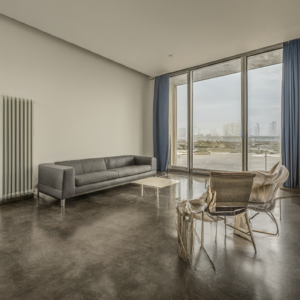
No staging done in the room
When it comes to selling a home quickly and for top dollar, staging is key. Staging helps highlight a property’s best features while downplaying any potential weaknesses. It creates an inviting ambiance that captivates buyers’ interest from the moment they view the listing photos or step through the front door.
As experts in the real estate market, Dave Magua and the Dave Magua Group understand the power of proper staging. Thanks to advances in PropTech, there are now two primary approaches: virtual staging and traditional staging. Let’s explore the differences between these methods.
### The Traditional Way: Physical Staging
Traditional home staging involves physically furnishing and decorating the property to elevate its look and feel. Furniture, artwork, accessories, and other design elements are brought in to transform empty spaces into warm, welcoming environments.
The biggest advantage of traditional staging is that it allows prospective buyers to fully experience the property in person. They can walk through the rooms, get a sense of the flow and scale, and start picturing themselves living there. This emotional connection can be a huge factor in a buyer’s decision.
However, traditional staging does have some drawbacks. It can be expensive to rent or purchase furniture and decor. The process is also quite time-consuming and logistically challenging, especially for time-crunched sellers or those juggling multiple properties.
Virtual staging utilizes cutting-edge digital tools to create realistic, furnished images of a home. High-quality photos of the empty rooms are enhanced using specialized software to digitally stage them with furniture, art, decor, and more.
One of the prime benefits of virtual staging is its cost-effectiveness compared to traditional staging. There are no furniture rental fees or moving costs. You also have the flexibility to easily experiment with different design styles and furniture layouts.
Virtual staging is extremely fast as well. Listings can be virtually staged and ready for market in just days or even hours, rather than weeks. This speed is ideal for sellers looking to list their home quickly.
The downside is that virtual staging lacks the tangible, immersive experience of physical staging. Some buyers may have trouble emotionally connecting with a property through digital renderings alone. There’s also the potential for some to view virtual staging as misleading if the actual space differs too much from the virtually staged photos.
### Which Method is Right for You?
Both traditional and virtual staging have unique advantages that may make one approach better suited depending on your specific property and situation.
Traditional staging tends to be most impactful for higher-end, luxury listings where buyers have certain expectations around aesthetics and attention to detail. It can also be extremely valuable for showcasing unique architectural details or optimizing challenging layouts.
Virtual staging is an excellent, cost-effective option for most moderately-priced homes, especially when time is of the essence. It provides flexibility to highlight a property’s potential through different design styles.
No matter which staging route you choose, the team at Dave Magua Group has the expertise to ensure your listing looks its absolute best. We understand the strategies that motivate buyers and drive home sales in the local market.
Ready to get started staging and selling your home? Reach out to Dave Magua Group today for a free consultation!


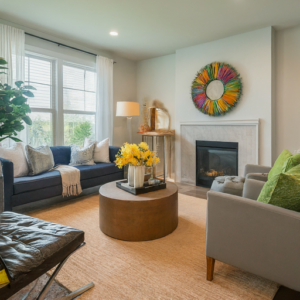



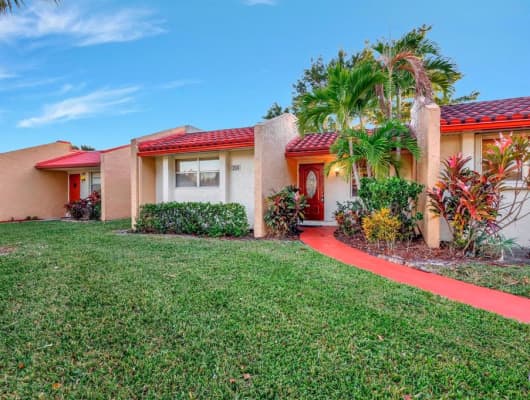

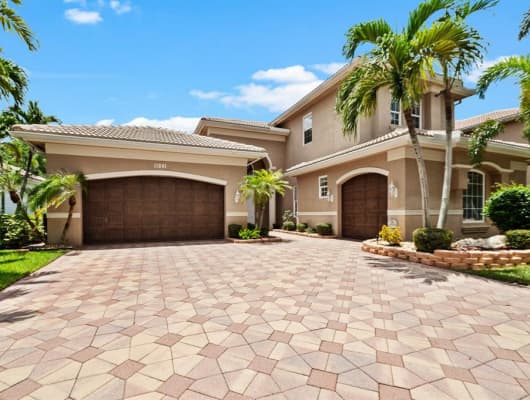
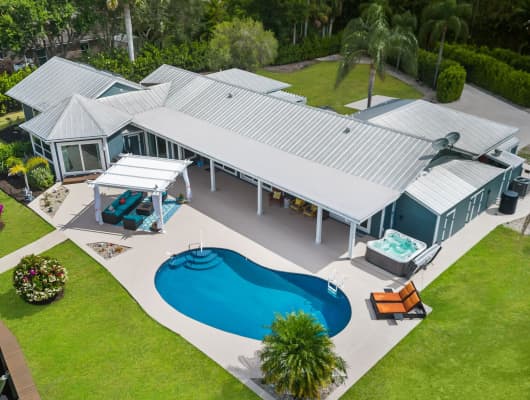
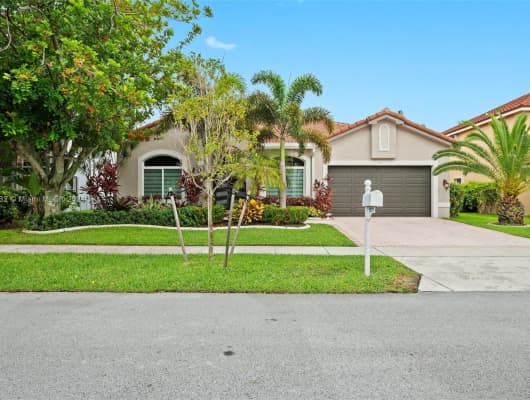

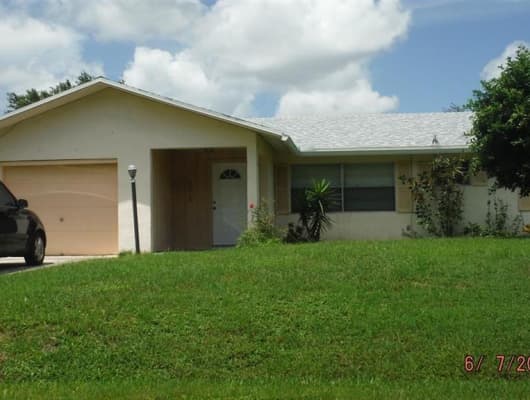
No Comments